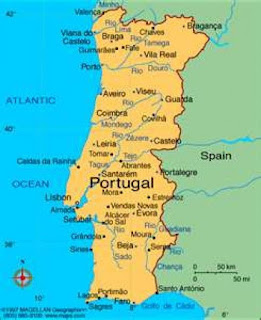Danish, Norwegian and Swedish are similar languages. Most nouns have the same grammatical gender in all three languages. This is the case with words such as bil (car), hus (house) and år (year). The first two have common gender and the last one has neuter. The phrases a car, a house and a year are en bil, et hus and et år in Danish and Norwegian and en bil, ett hus and ett år in Swedish.
Danish and Swedish have two genders. They are neuter and common. Norwegian, however, has three genders. They are neuter, common and feminine. In the Bergen dialect, though, feminine gender is not used and there are only two genders, the same as in Danish and Swedish.
The phrase an island is en ø in Danish and en ö in Swedish. In Norwegian it is ei øy or en øy. Both forms are possible, but with the definite article the ending -a must be used. The phrase øya means the island.
Here is a list of ten nouns with different grammatical genders in Danish, Norwegian and Swedish:
(a camera) et kamera et kamera en kamera
(a coffee) en kaffe en kaffe ett kaffe
(a friendship) et venskab et vennskap en vänskap
(a helicopter) en helikopter et helikopter en helikopter
(an insect) et insekt et insekt en insekt
(a kiss) et kys et kyss en kyss
(a meal) et måltid et måltid en måltid
(a minute) et minut et minutt en minut
(a second) et sekund et sekund en sekund
(a wine) en vin en vin ett vin
Danish and Norwegian usually share the same grammatical gender. From the list of examples the only word which differs in those two languages is helikopter (helicopter) with common gender in Danish and neuter in Norwegian. More differences occur between Swedish and the other two languages than between Danish and Norwegian. The examples illustrate that the grammatical gender of words in Danish, Norwegian and Swedish is not always identical.



